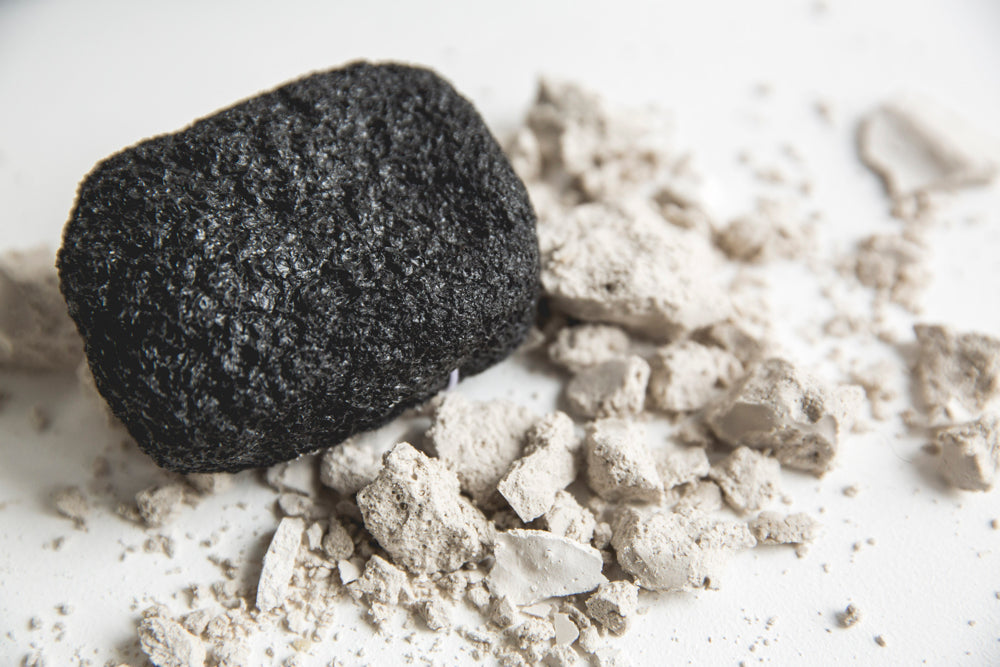Although the Japanese have been performing highly refined beauty rituals for centuries, interest in so-called ‘J-Beauty’ is currently experiencing a popular surge in the UK and the West, and it’s no surprise. The Japanese are famed for their beautiful skin and with the World Health Organisation’s recent estimation that women in Japan have the longest life expectancy in the world at 86.8 years, we want in on this lifestyle.
Where Korean beauty trend K-Beauty is very much about far-fetched promises and unusual ingredients (snail slime face mask anyone?) the ethos of Japanese beauty is rooted in age-old rituals and is very closely linked to healthcare. “J-Beauty is targeting a consumer that isn’t drawn in by the bravado of Korean gadgets and gizmos, and responds better to a slower, more considered routine.” Says WGSN Beauty Editor Emma Grace Baily. “J-Beauty taps into the rise of wellness and self-care, a market now valued at $3.7trillion and counting, which has opened people’s eyes to the wonders of ritualistic treatments. I think it’s taken the West longer to tap into this market, because it is only now that we’re starting to slow down and bring attention back to the self, after decades of busy lifestyles being a sign of success.”
The Japanese take a preventative approach to health and beauty, making everyday choices that have long-term benefits. At Glasshouse we always prioritise long-term health over immediate results and so we were interested to find out more about this slow, considered approach to beauty. From multiple-step skincare routines, to regular bathing rituals and avoiding sun damage, here are our top five Japanese ideals to adopt into your beauty routine:

Skincare:
Where many of us will use a single cleanser at night, the Japanese commonly use both an oil cleanser and a foaming or cream cleanser to ensure that both makeup and pollution are completely removed from the skin. Their routines also include an additional step that is yet to become a staple in the UK: lotion, or “kesho-sui”. Unique to Japan, a lotion does not resemble a thick cream like you might expect but is more similar to a toner in viscosity and is specifically designed to hydrate the skin. Japanese skincare is all about achieving ‘mochi-hada’ or ‘rice-cake skin’, referencing the soft, plump desserts that are popular in Japan, hydrating ingredients such as hyaluronic acid in lotions are therefore a vital part of the routine.
Facial Massaging:
Another way to get “mochi-hada” is to adopt the ritual of facial massaging. Focusing on the lymphatic drainage system, giving your face a daily massage can help to rid your skin of toxins, stimulate blood flow and give you a naturally plump and healthy look. The Japanese often use oils for this, with Tsubaki (camellia) oil being the most popular. Tsubaki oil has been a key part of Japanese beauty rituals for centuries as a fast-absorbing, hypoallergenic and noncomedogenic (meaning it won’t block your pores) product.

Binchotan Charcoal:
When it comes to charcoal in beauty, forget images of pore strips and peel-off masks; the Japanese tradition of using Binchotan Charcoal dates back 300 years in the Kishu reigon of Japan. Glasshouse favourite Morihata still uses activated Binchotan Charcoal made in the traditional way, as brand representative Magali Roman tells us; “Binchotan Charcoal is the highest-quality activated Japanese charcoal in the market, containing thousands of microscopic cavities that attract, bind, and neutralize toxins and contaminants. Because of these natural absorptive properties, Binchotan charcoal has been used for centuries in Japan for purifying drinking water and reducing humidity. Beauty products made with Binchotan charcoal target acne symptoms, absorb oil and impurities from your skin, and make powerful cleansers.” To purify your tap water, set the Binchotan Charcoal sticks in a large bottle of water for a few hours whilst it absorbs any contaminants. Alternatively, incorporate charcoal into your skincare routine with Morihata’s 100% natural Facial Puff, made with Konjac and Binchotan Charcoal to cleanse and gently exfoliate the skin.
Diet:
The Japanese diet is also extremely important when it comes to their ideologies on health and beauty. Not only does the diet support long life, but the oily fish, seaweed, green tea and amazake fermented rice dishes provide lots of omega-3s and anti-oxidants amongst other nutrients that contribute towards plump, blemish-free skin.
![Image by Sans [Ceuticals]](https://cdn.shopify.com/s/files/1/0716/8249/0674/files/Sans_Ceuticals.jpg)
Bathing:
The Japanese are known to take part in daily bathing rituals in an effort to get beautiful skin. Onsen hot bath houses have been part of ancient Japanese tradition for centuries and the hot springs are still used today. Aside from being relaxing, water found in natural hot springs can boost blood circulation and contains a variety of minerals that your skin soaks in.
Whether you’ll be adding a few more steps to your cleansing ritual, or simply introducing a little more omega 3 into your diet, there are certainly some lessons to be learnt from these Japanese traditions that are easy to adopt with the potential for great results over time.
Cover image features Japanese model Nana Komatsu shot by Jumbo Tsui
Words by Phoebe Grace Ede




